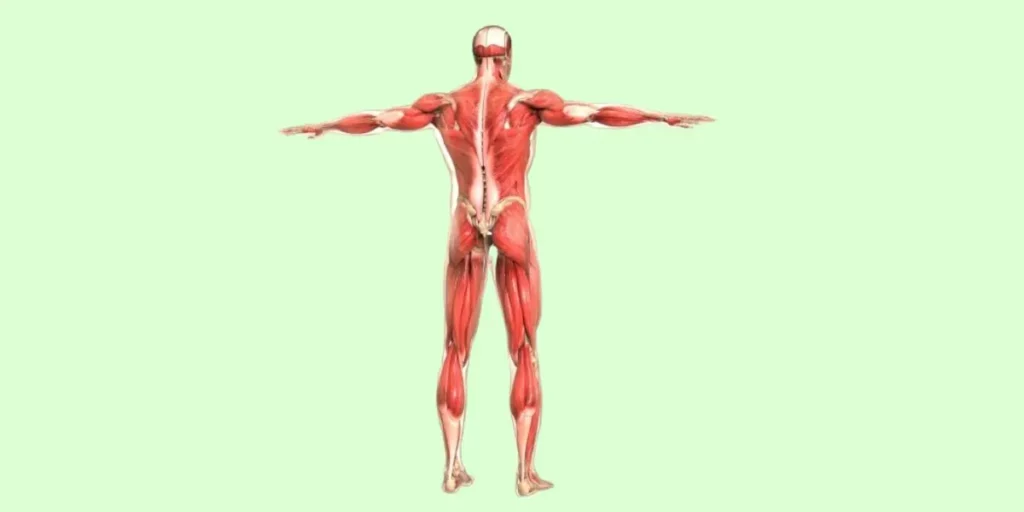Muscular dystrophy is a group of genetic disorders characterized by the progressive weakening and degeneration of skeletal muscles. Several kinds of muscular atrophies affect humans. Each of them has a separate reason and reacts differently.
What Are The Factors Causing Muscular Dystrophy?
The primary factor causing muscular dystrophy is genetic mutations. These mutations affect various genes responsible for the structure and function of muscle protein. There are different types of muscular atrophy identified in humans and each of them is caused by a specific mutation.

This is caused when the dystrophin gene undergoes any mutations. It could include large deletions, duplications, or other severe mutations in the dystrophin gene. As the gene is missing, the protein related to it is also unavailable or in some cases partially available. Dystrophin maintains the structural integrity of the cells. In their absence, muscle starts to degenerate when it contracts.
There could be two varieties in this dystrophy type 1 and type 2.DM1 is caused by the expanded CTG repeat in the DMPK gene, and DM2 happens when the CCTG repeat expands in the CNBP gene. People who have this condition are often known to produce irregular amounts of RNA which then becomes a hindrance for cells to perform other functions, As a result, the muscle starts to disintegrate thanks to the RNA toxicity.
The deletion of the DUX4 gene from its original area makes it highly repeatable in DNA. Moreover, the absence of the DUX4 expression leads to muscle damage and weakness.
To have this kind of scular dystrophy your body should be devoid of 30 genes. Considering the number of genes missing, all your basic functions face a constant threat and could be affected largely.
Caused by a mutation in the EDMD1 and EDMD2.These mutations disrupt the functions of nuclear envelope proteins, affecting the structural integrity and communication within cells.
The genetic mutation in the PABPN1 gene leads to the formation of abnormal protein aggregates that lead to muscle weakness.
This type of mutation is caused by a birth defect and generates problems in the muscles especially while absorbing protein. This may lead to developmental delays as well.
Each of these kinds have their own set of symptoms. However, most commonly you could differences in the growth of muscles and their utilization and difficulty in using limbs. This means depleted motor skills and mobility. Moreover, muscle contractures also known as abnormal joint positioning could make it difficult for the person to move. Cardiac and respiratory problems could also be seen tormenting the patients and even prove to be fatal. Severe cognitive impairment means learning disabilities. Lastly, people also experience long-lasting muscle contractions which are in no way pleasant to deal with.
Treatments
There is no actual medicine to treat muscular dystrophy but there are several ways to manage the symptoms in a way. One can also slow down the progression of the disease and can even get relief from severe pain. Firstly, patients are suggested to try their hands at occupational or physical therapy. It will help them retain their mobility and muscle strength to an extent. Secondly, the use of assistive devices has made their life easier.
Using wheelchairs and other types of equipment could bring some sense of control in them. Thirdly, if the pain is unbearable, doctors suggest taking medications that could not treat the condition but the pain. Additionally, surgery could be seen as an option in case severe orthopedic disorders are common.
Though at its infancy, gene therapy has been known to make some strides and the research still needs to be backed up with human success stories. In severe cases, the patient is also given cardiac care or respiratory care so that they can even live a basic life. Patients with muscular dystrophy also depend highly on a healthy lifestyle including a balanced diet and regular exercise routines.
With science progressing each day there are a few ways to prevent muscular dystrophy as well. Genetic counseling about diseases and their patterns can be very helpful. There are also prenatal testing services available for expectant mothers in case they want to be prepared.
Conclusion
Muscular dystrophy refers to a group of genetic disorders that cause progressive weakness and degeneration of muscles over time. While there is no cure, recent advances in gene therapy research provide hope that effective treatments may be developed in the future.
In the meantime, supportive care through physical therapy, assistive devices, pain management, and surgery can help improve quality of life. Genetic counseling and testing also allow at-risk individuals to make informed family planning decisions. Though muscular dystrophy can significantly impact health and longevity, continued research brings us closer to new treatments that could slow progression and restore muscle strength and function.
FAQs:
The most common symptoms are progressive muscle weakness, muscle wasting, difficulty walking and moving limbs, joint contractures, cardiac and respiratory problems, and learning disabilities or cognitive impairment.
Different types of muscular dystrophy are caused by mutations in various genes involved in producing proteins needed for proper muscle structure and function. These include dystrophin, myotonic dystrophy kinase, and many other genes.
There is currently no cure for muscular dystrophy. However, supportive treatments and assistive devices can help manage symptoms and maintain quality of life. Promising gene therapy research may lead to cures in the future.
If there is family history of muscular dystrophy, genetic testing and counseling allows at-risk individuals to make informed family planning decisions. Prenatal testing can also detect some muscular dystrophy mutations.
Life expectancy varies widely depending on the type and progression of muscular dystrophy. With proper supportive care, many patients live into adulthood or beyond. Respiratory and cardiac issues are common causes of reduced life expectancy.